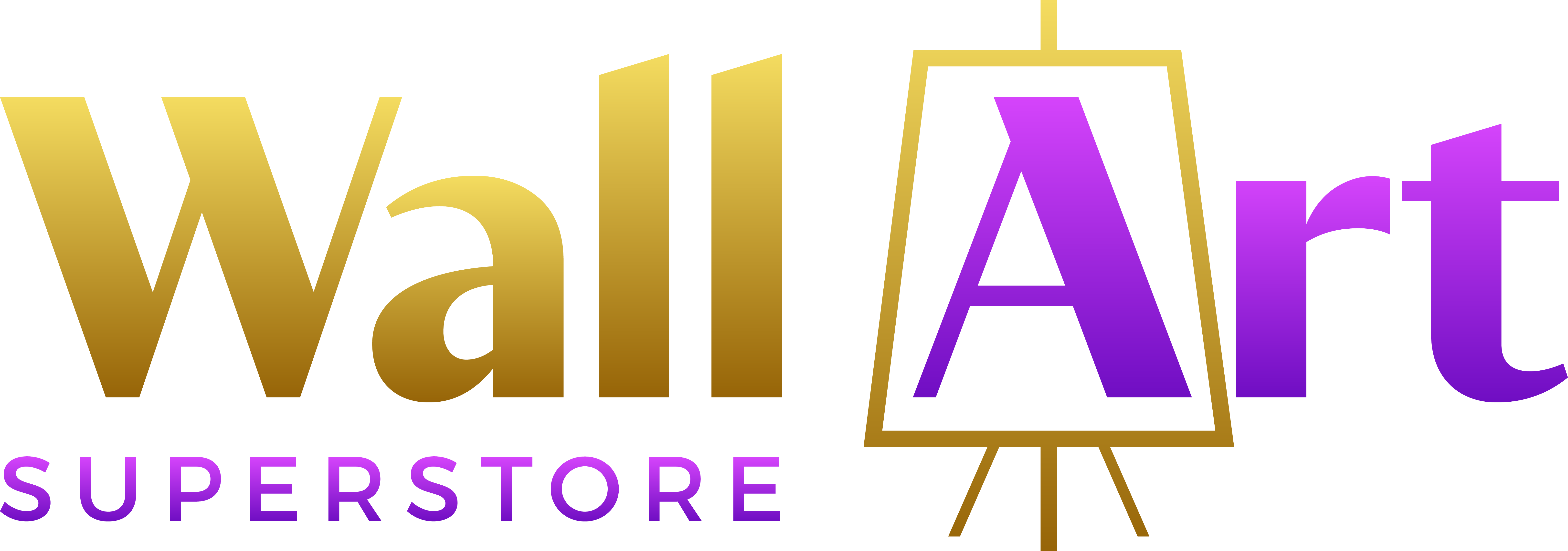Company info
Artist: Highlight your own artistic journey, including your background, inspirations, and artistic style. Showcase your portfolio with high-quality images of your artwork, and provide detailed descriptions for each piece.
Art Educator: If you offer workshops, classes, or tutorials, create a section on your website dedicated to art education. Include information about upcoming sessions, class descriptions, and testimonials from past students.
Art Consultant: If you offer consulting services to individuals or businesses looking to build their art collections, explain your process and expertise. Include case studies or client testimonials to demonstrate the value you provide.
Art Curator: If you curate exhibitions or art shows, create a section on your website highlighting past and upcoming events. Include information about the artists involved, the theme or concept of the exhibition, and any press coverage or reviews.
Art Writer or Critic: If you write about art, whether it’s reviews, essays, or articles, feature a blog or news section on your website where you can share your insights and perspectives. Write about current trends in the art world, artist spotlights, or analysis of specific artworks or exhibitions.
Content ideas for your art website:
Portfolio: Showcase your artwork with high-resolution images and detailed descriptions. Organize your portfolio by medium, theme, or series to make it easy for visitors to explore.
About Me: Share your artistic journey, including your background, influences, and creative process. Use this section to connect with your audience and give them insight into who you are as an artist.
Services: Outline the career opportunities you offer, such as art commissions, workshops, consulting services, or art sales. Provide clear information on how potential clients can work with you.
Blog: Start a blog where you can share your thoughts on art-related topics, such as techniques, art history, industry trends, or personal experiences. Regularly updating your blog can help drive traffic to your site and establish you as an authority in your field.
Events: If you participate in exhibitions, art fairs, or other events, create a calendar or section on your website to promote them. Include details such as dates, locations, and any special features or highlights.
Testimonials: Feature testimonials from satisfied clients, students, or collaborators to build credibility and trust. Include quotes, photos, or videos to make the testimonials more engaging.
Contact: Make it easy for visitors to get in touch with you by including a contact form or email address. You can also provide links to your social media profiles or other online platforms where people can connect with you.
By incorporating these elements into your art website, you can create a compelling online presence that showcases your talent, expertise, and career opportunities.
